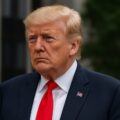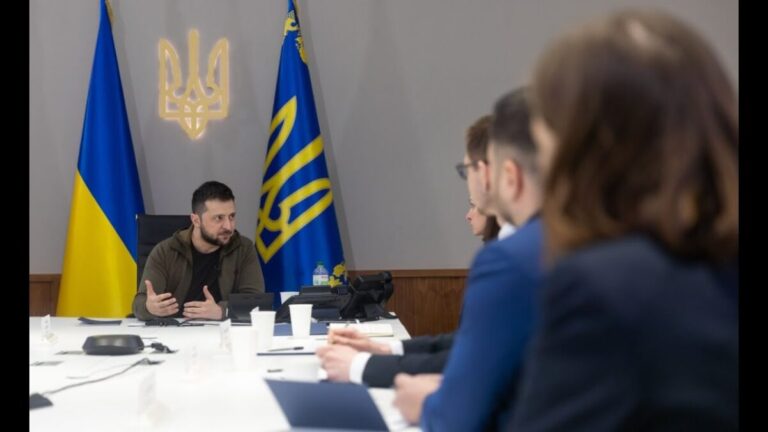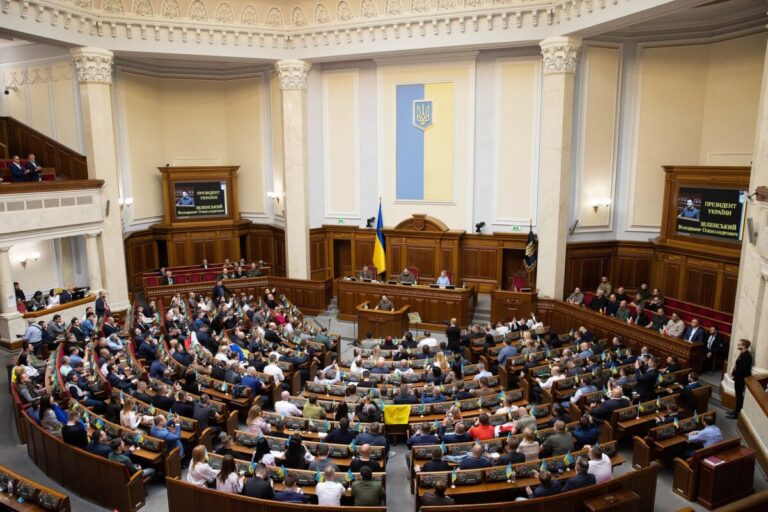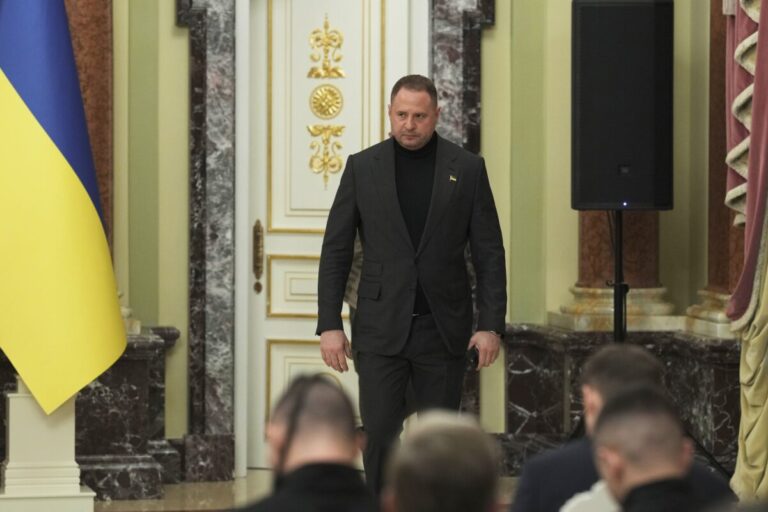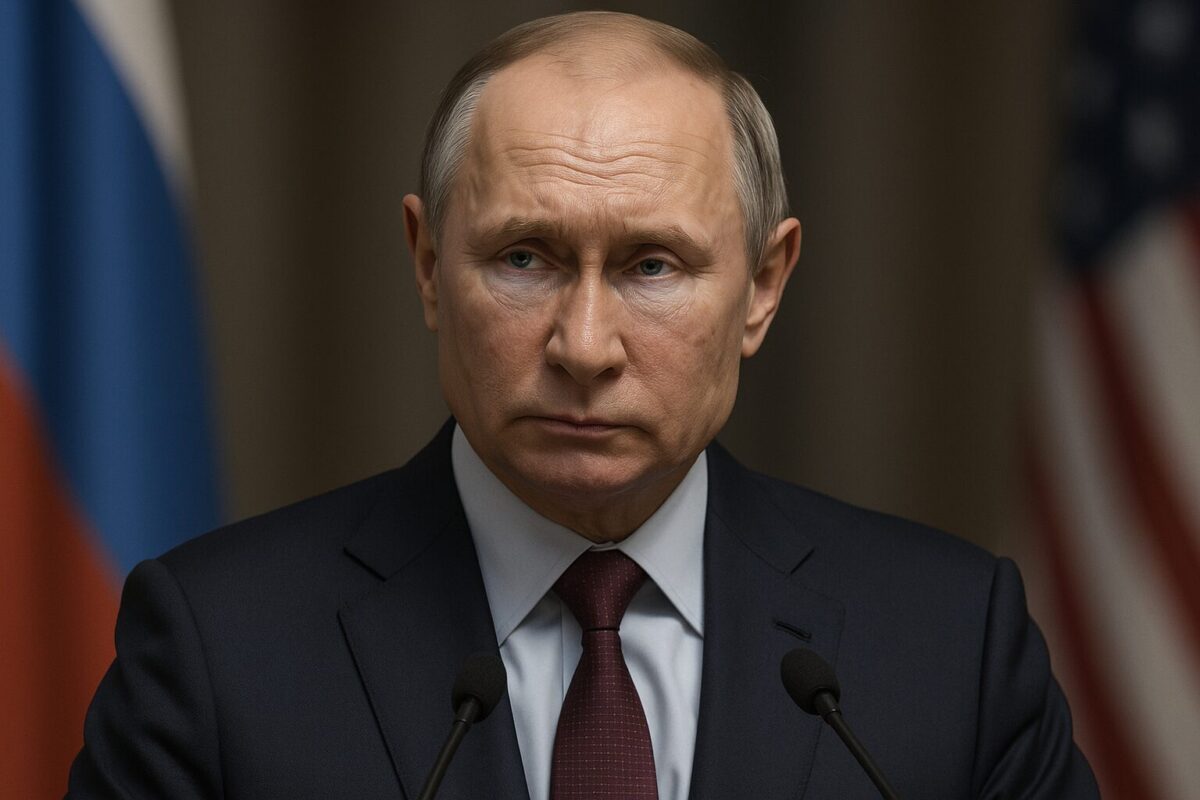
Putin’s Threats, Trump’s Silence, and the Escalation No One Stopped
June 2025 has become another turning point in the ongoing Russian war against Ukraine. Four days after Ukrainian drones struck multiple Russian strategic airbases, President Vladimir Putin reappeared with a set of statements widely interpreted as an escalation. At the same time, the U.S. Senate is reviewing a bill aimed at economically crippling Russia’s energy sector. But while Congress shows resolve, President Donald Trump remains silent. And that silence is already being read not as a pause — but as a potentially risky signal to the entire West.
What Putin Said — and Why It Matters
In his first public statement following the drone attacks that reportedly destroyed dozens of Russian aircraft, Putin:
– referred to Volodymyr Zelenskyy as the “leader of a rotten regime”;
– ruled out any meeting with the Ukrainian president, claiming “there’s nothing to talk about”;
– refused to consider any ceasefire, citing sabotage on railways in Russia’s Kursk and Bryansk regions as a reason for a complete rejection of talks.
Notably, he made no mention of the drone strikes themselves — not the damage, not the implications, not even the failure of Russia’s air defense systems. That omission is telling. So is the shift toward framing Ukraine as a “terrorist state” — even as Russia continues its full-scale war for a fourth year.
Behind this rhetoric lies a clear strategy: deflect attention from military vulnerability and redirect focus to old narratives about “fighting terrorism” and “protecting civilians.” A familiar playbook — but in a new phase of the conflict.
Is the Kremlin Exiting the Talks?
Russian political analysts increasingly suggest that Moscow is making a “tactical exit” from negotiations with the West. This does not mean formal withdrawal — but it does indicate that the Kremlin sees no benefit in talks unless it gains leverage.
The tone at the latest round of negotiations in Istanbul supports this. The Russian delegation essentially issued an ultimatum: either Ukraine agrees to disarmament, or Russia is “prepared to fight for three more years — or forever.” It’s not a negotiating position; it’s a message of deterrence.
Ukraine’s response was calm but firm. President Zelenskyy rejected these terms outright and reiterated the call for an unconditional ceasefire.
75 Minutes on the Line: The Putin–Trump Call
Against this backdrop, a phone conversation took place between Putin and U.S. President Donald Trump — lasting 75 minutes. A long call, with a short list of answers.
According to American sources, Putin repeated his line about “retaliation” for the drone attacks and reportedly urged Trump to bypass Ukraine in future talks and negotiate directly with Russia.
Trump later described the conversation as “good” but admitted it would not lead to peace. He offered no public support for the sanctions bill under review in Congress and avoided commenting on next steps.
That silence — deliberate or not — is one of the most critical signals for Ukraine’s allies right now.
Revelant
500% Tariffs, But Still No Green Light
The U.S. Senate is currently reviewing the Sanctioning Russia Act of 2025, a bill proposed by Senators Lindsey Graham and Richard Blumenthal. It includes a radical measure: 500% tariffs on Russian energy exports — not only to penalize Russia but also to deter other countries (notably China and India) from continuing to buy Russian oil and gas.
The bill has already gained support from over 80 senators, suggesting a clear path toward approval. But its momentum now hinges on the president’s position — which remains unspoken.
If Trump continues to avoid taking a stance, it may be interpreted as hesitation to engage in full-scale economic confrontation with Moscow. And for Europe — preparing its 17th package of sanctions — that ambiguity weakens Western unity.
U.S. Embassy Warning: A Subtle but Serious Message
On June 4, the U.S. Embassy in Kyiv issued an official security alert, warning of potential large-scale Russian missile and drone strikes against Kyiv and surrounding areas. American citizens were advised to take all air raid warnings seriously and to have an evacuation plan.
This was not just a routine security notice. Coming immediately after the Putin–Trump call, it functions as an indirect message: Russia may escalate further in retaliation for Ukraine’s drone operations. The idea of a ceasefire is, for now, off the table.
What’s Next?
The trajectory is clear — escalation.
Russia is showing no sign of compromise.
The U.S. administration is offering no clear response.
Ukraine continues to defend itself, largely on its own.
In this dynamic, any vague statement or delay in sanctions policy could trigger a new wave of attacks. While the parties continue to talk — the war continues. And when one side issues threats, another stays silent, and a third fights alone — it’s no longer diplomacy.
It’s survival — in a space shaped by others’ agendas.






